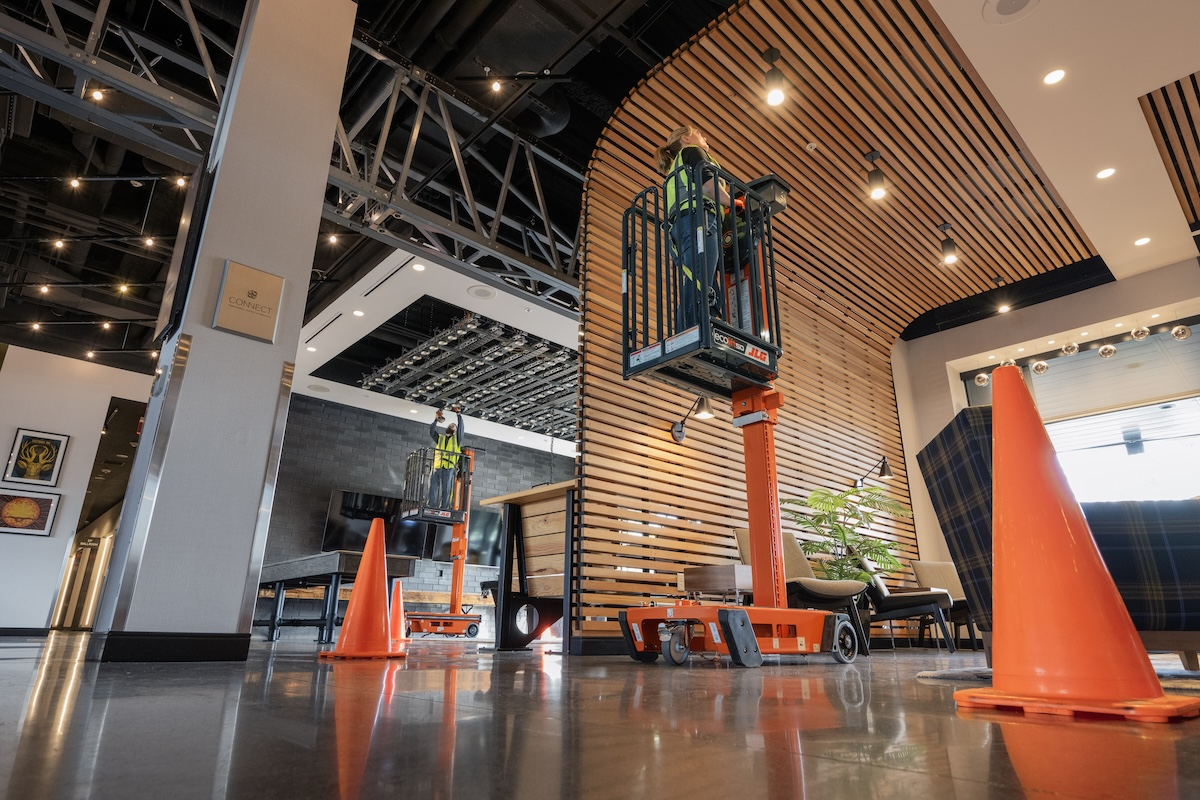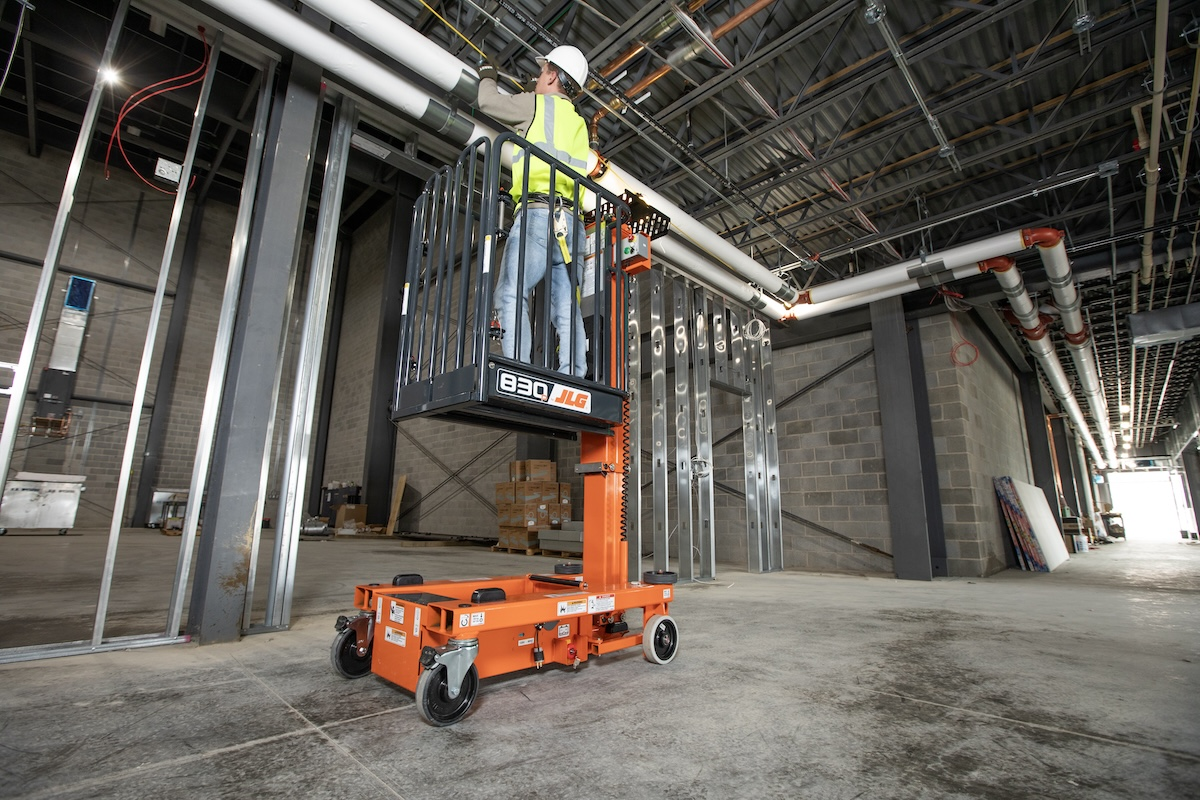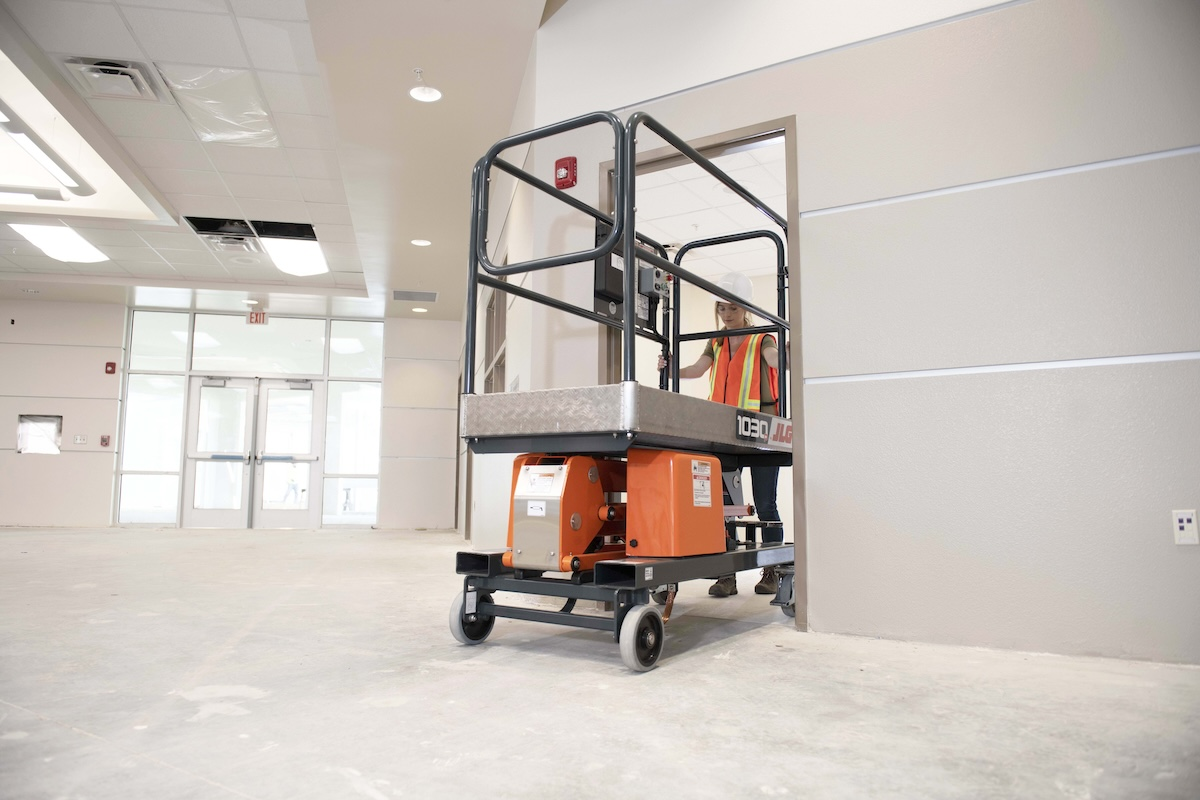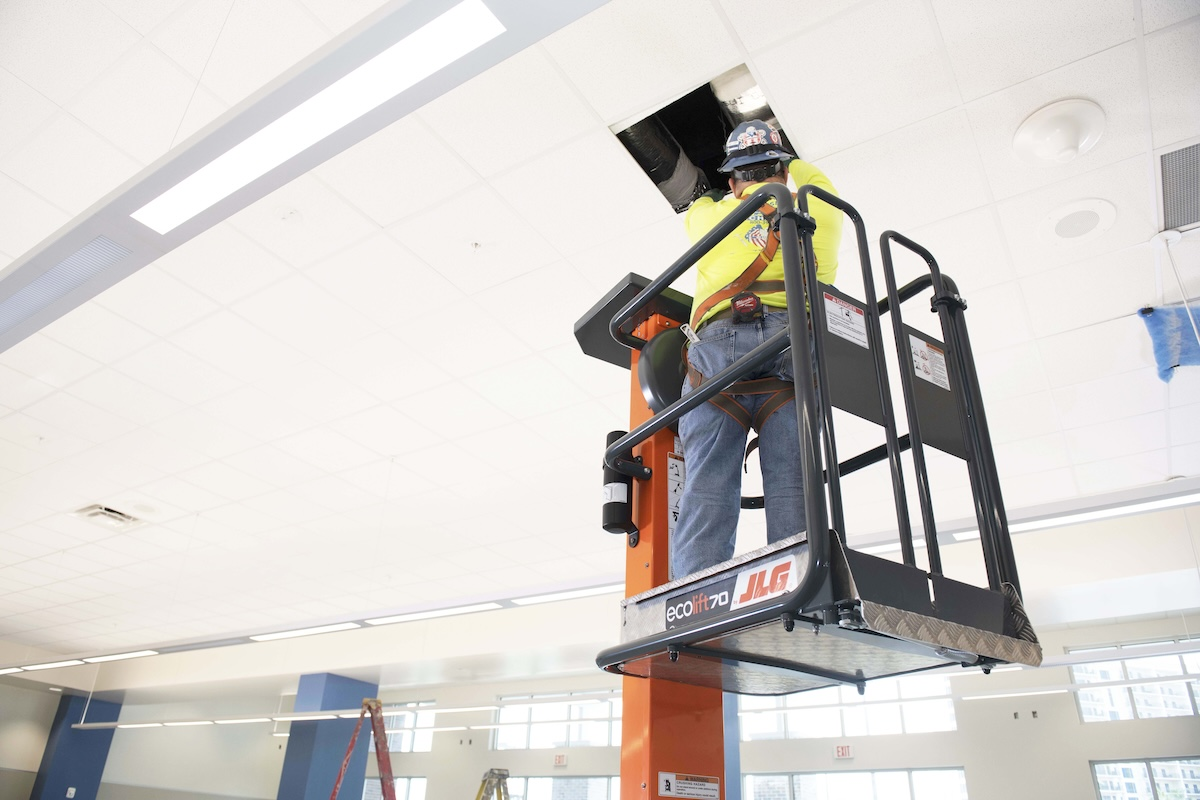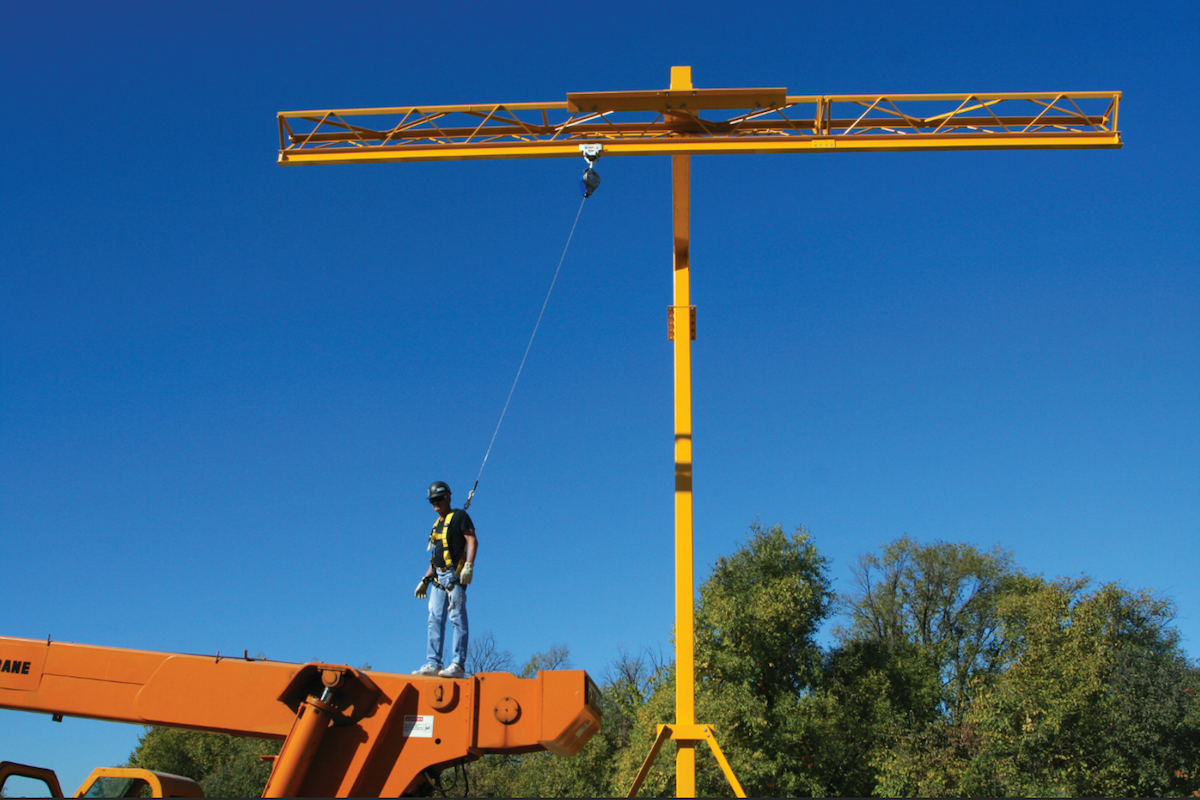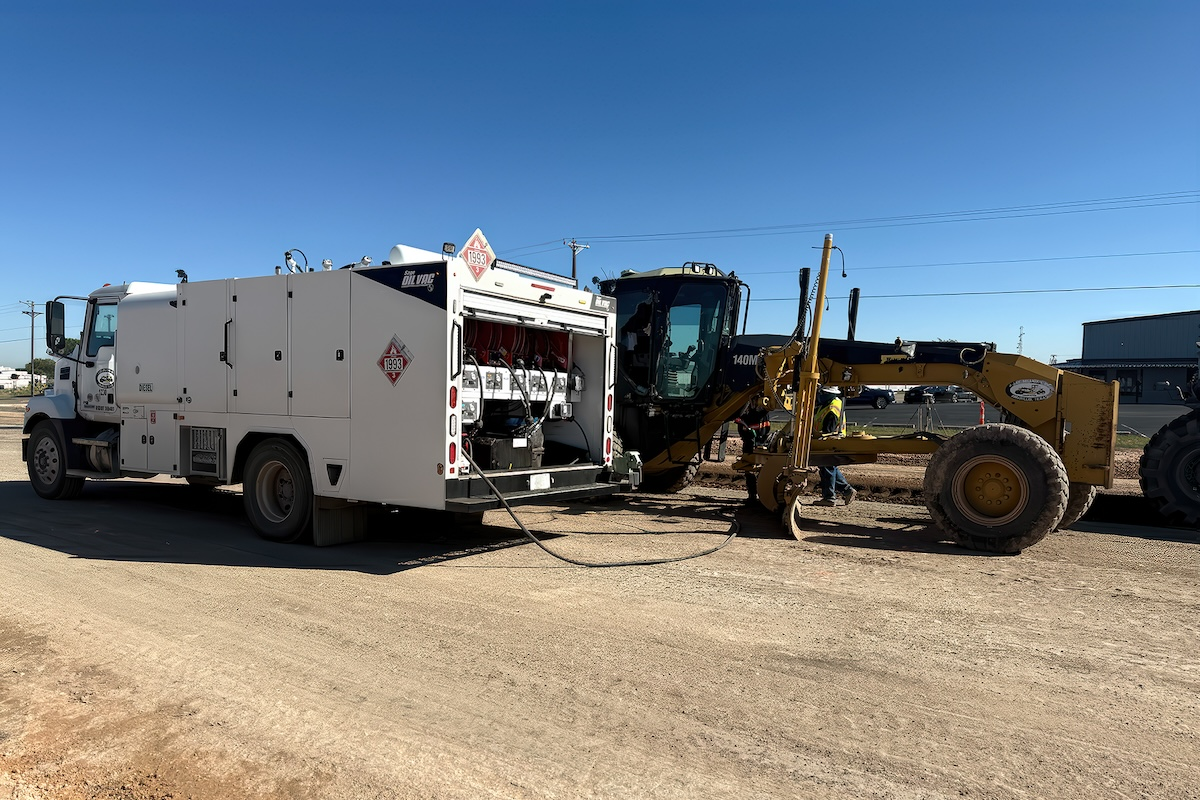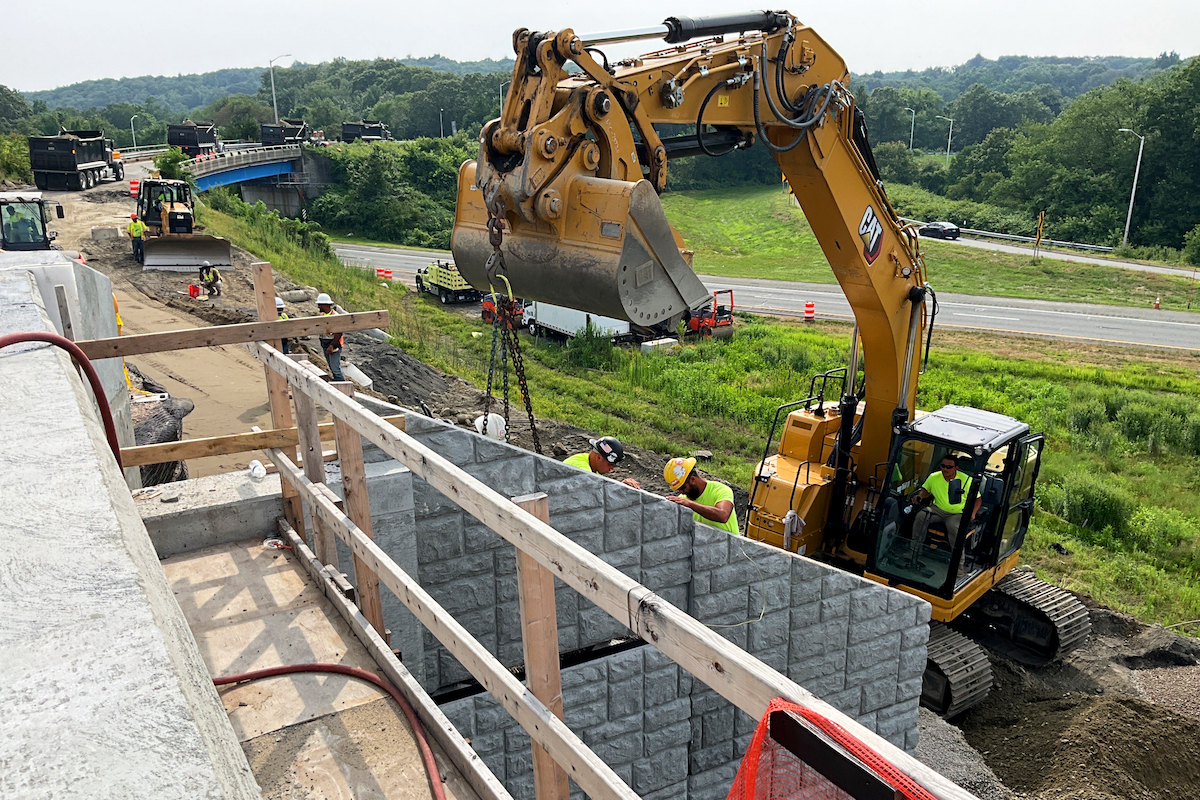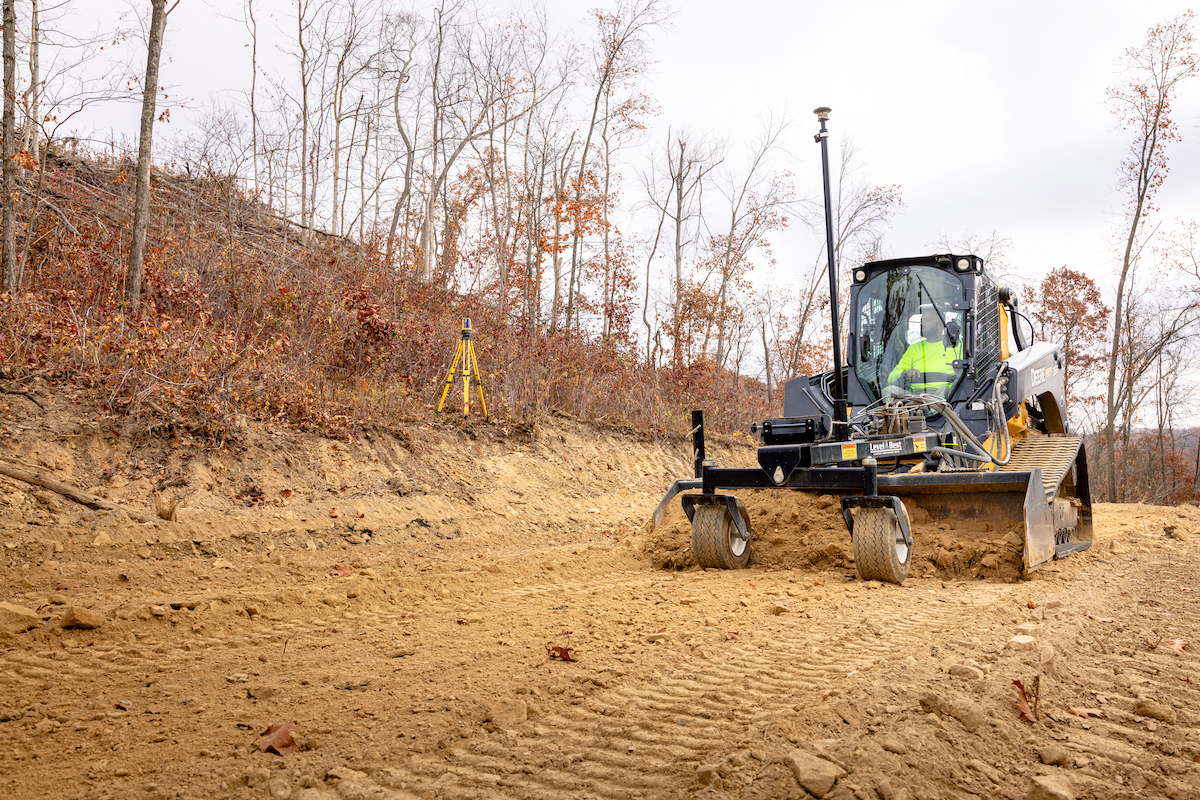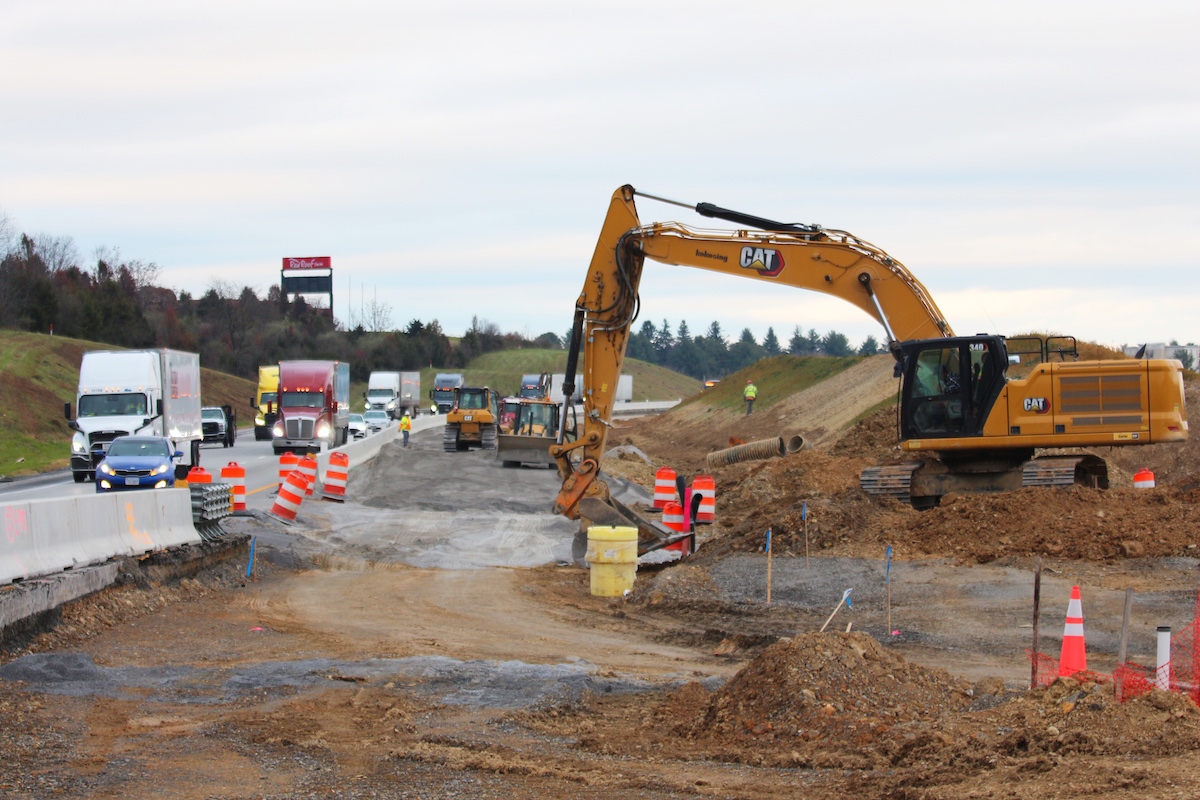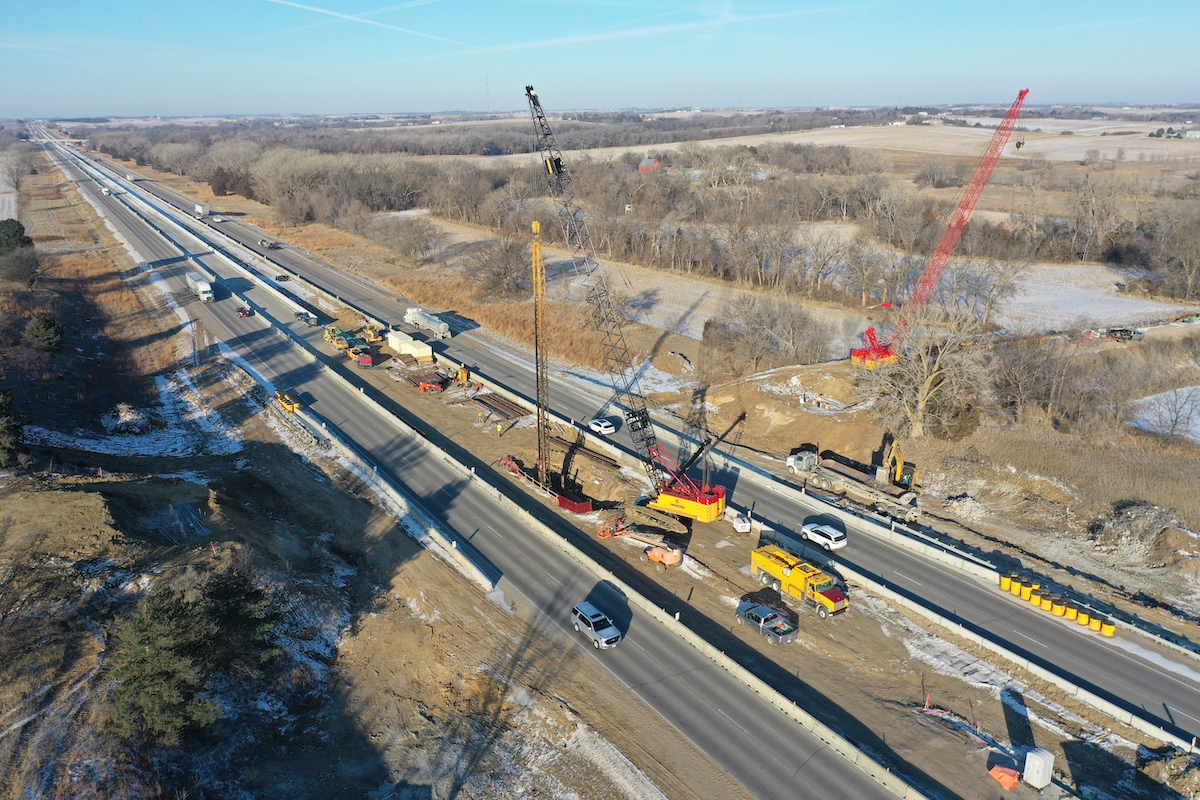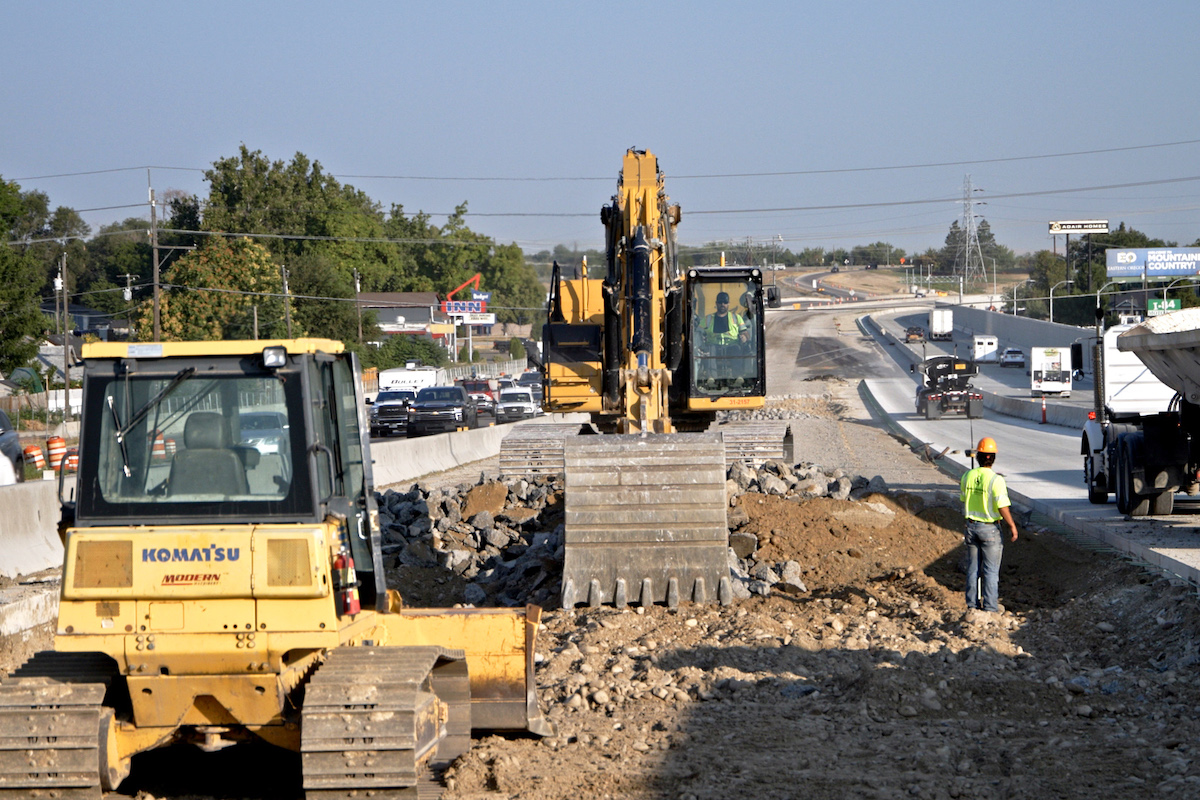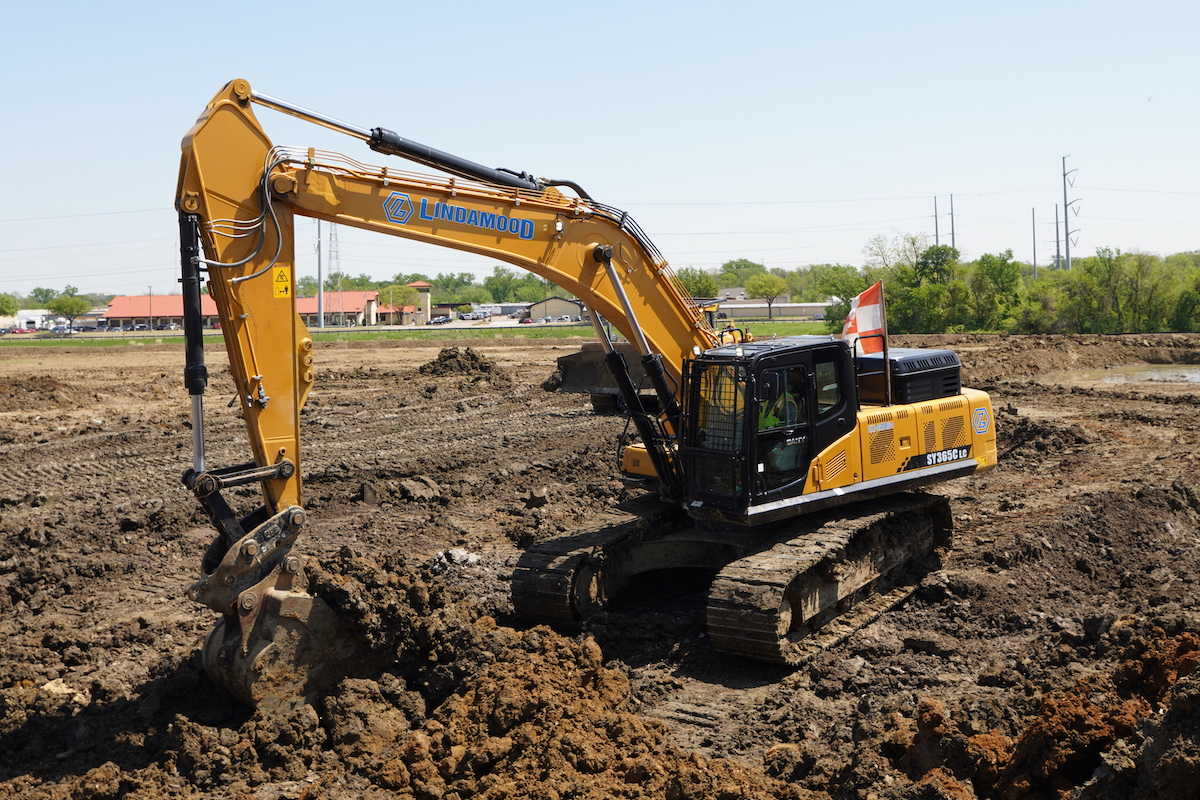You probably don’t spend much time thinking about the cost of a ladder on your job site. They are relatively inexpensive to buy, and many construction tasks need to be performed at height. But the reality is, these seemingly innocent and commonplace tools are hiding a threat to your bottom line.
Ladders can cause wasteful motion, which leads to fatigue and reduces productivity. The less productive contractors are, the more costly it is.
Also concerning is the fact that as productivity goes down, the risk of injury goes up — and ladders are already considered to be one of the most dangerous tools on the job site. The Mechanical Contractors Association of America (MCAA) says there is a direct correlation between every percentage point of productivity and the risk of injury, so if productivity is down 10 percent, your chances for injury increase by 10 percent.
Fall injuries specifically serve as the leading cause of workers' compensation costs for construction. We need to look at ladders differently.
A productive construction site starts with intentional movement. Before any work begins or equipment is selected, contractors need to perform a site assessment, otherwise known as a job hazard analysis, to evaluate how to safely and effectively complete their tasks.

| Your local Esco Corporation dealer |
|---|
| Genalco |
What does a site assessment involve? According to OSHA, its goal is to identify and eliminate or reduce any risks and hazards before they occur by examining the relationship between the worker, the task, the tools, and the work environment.
OSHA compares this assessment to detective work and recommends asking:
- What can go wrong?
- What are the consequences?
- How could it arise?
- What are other contributing factors?
- How likely is it that the hazard will occur?
Contractors should think through each aspect of the job. They must also consider the necessary equipment and technology, and the physical risk factors crews will experience.
As part of the site assessment, “We just need to recognize the opportunities to minimize movement, which is a step toward a safer, healthier, sustainable, and more productive job site,” said Misty Mason, Product Manager, JLG.

| Your local Case Construction Equipment Inc dealer |
|---|
| Monroe Tractor |
| Beauregard Equipment |
The MCAA identifies eight main motion-related risk factors:
- Walking
- Reaching
- Pulling
- Lifting
- Bending
- Climbing
- Pushing
- Carrying
Two of those (climbing and reaching) are most often in play during ladder use, but others (such as lifting and carrying tools and materials) can be factors as well.
“With a ladder, you’re climbing up and down because you can’t really take all the tools and materials for the job you’re going to need with you,” Mason said. “And now your hands are occupied, so you can’t maintain your three points of contact.”
During an average shift, the MCAA says mechanical contractors who need to work at height climb a ladder up to 25 times an hour. That number of climbs takes more than 25 minutes a day. Multiply that by a $50 per hour rate over the course of a year and those climbs can add up to $5,562 per worker.

| Your local Trimble Construction Division dealer |
|---|
| SITECH Northeast |
The more you move, the easier it is for your muscles to tire out. Fatigued muscles slow down your output and increase the potential for injury. Reaching to perform work while on a ladder is particularly strenuous.
“You are putting unnecessary stress and strain on your back and shoulders by constantly overextending your arms,” Mason said. “The risk of cumulative trauma injury to soft tissue increases substantially over time.”
The MCAA says mechanical contractors reach an average of 100 times an hour, spending more than 43 hours annually on reaching alone — meaning that time spent reaching can cost $2,165 per worker in a year.
As workers get older, they become more susceptible to fatigue and injury. “Around 45 years of age, you start losing some muscle strength, range of motion, and speed,” Mason said.

| Your local Hyundai dealer |
|---|
| Equipment East |
This is a real concern because roughly 45 percent of U.S. construction workers are at least that age or older, according to Bureau of Labor Statistics data from 2020.
Ladders can also lead to other occupational hazards, including ergonomic and overexertion injuries from strenuous movements and carrying or transporting them between work locations.
Low-level access products provide a safe and productive alternative to ladders, lowering the risk of costly injuries and helping to reduce wasteful motion. Large, heavy-duty platforms can be raised and lowered through powered and nonpowered options, depending on the application.
These lightweight machines meet demanding indoor applications with working heights up to 16 feet. Tool trays and tool tethering can put everything required to complete a task within arm’s reach. The lifts can be easily maneuvered without causing damage to walls and door frames, a concern commonly experienced with drivable machines.

| Your local Volvo Construction Equipment dealer |
|---|
| Tyler Equipment |
Another benefit is that only one person is needed to operate a low-level access product, contrasted with the extra crew member often required as a spotter during ladder use.
Perhaps the ultimate payoff of reducing wasteful motion from ladder use is that when your crews are more productive, they do better work. “Better quality means less rework,” Mason said. “Rework is waste.”
It took a routine light bulb change to spark a light bulb moment.
In early 2020, a preventable injury from a ladder fall led Oshkosh Corporation and its brands to say “no more.”

| Your local Wirtgen America dealer |
|---|
| WI Clark |
| United Construction & Forestry |
“That’s where we just drew a line in the sand and said we are going to try to prevent this from ever happening again,” said Jeffrey Rush Sr., Director Manufacturing/Operations at JLG, an Oshkosh Corporation business.
For several years, Oshkosh has been working toward eliminating falls from ladders at work as part of its pursuit of the highest level of OSHA’s Voluntary Protection Program. The program recognizes workplaces that achieve exemplary and continuous improvement of occupational safety and health. Acceptance into the program is rigorous and involves multiple steps.
The company had made positive progress in improving workplace safety through implementation of its robust Safety Management System, Rush said. As part of that process, Oshkosh evaluated how they were using ladders in their facilities and with what frequency. At JLG, ladders were used not only for maintenance tasks but also for some manufacturing processes on large pieces of equipment.
Rush said they learned it doesn’t take much for a fall injury to be serious. The average fall distance is 7.5 feet, but falls from shorter distances often occur because the risk does not feel that great to workers and they take both hands off the ladder. Best practice for safe ladder use calls for three points of contact at all times.

| Your local Esco Corporation dealer |
|---|
| Genalco |
“There’s a comfort factor that sort of lulls you into that false sense of security when you’re a little bit lower,” Rush said. “Once you start getting above 8 feet, I just think you’re less likely to take both hands off.”
In 2015, Oshkosh began incorporating low-level access solutions, including the JLG 830P and 1030P Push-Around Lifts, into the workflows of their brands. One of the biggest benefits of these low-level access solutions is that the platforms allow team members to safely use both hands while working at height.
For the next five years, Rush said that implementing these solutions reduced the number of injuries at JLG. The company also started limiting ladder use for maintenance tasks as a best practice.
Despite the positive steps, a team member fell less than 4 feet from a ladder in February 2020 and broke several ribs. It was at that point that Rush and his team locked up all the remaining ladders and sought to shift ladder use from a rare occurrence to a documented exception.

| Your local Esco Corporation dealer |
|---|
| Genalco |
JLG developed a ladder permit that team members must fill out to log why they need to use a ladder and affirm that there is not another viable option available through a documented risk assessment process.
“That permit is similar to permits for workers going into a confined space or other activities where a pre-job risk assessment should be performed,” Rush said.
This causes team members and their supervisors to thoroughly evaluate the situation and whether it really warrants a ladder, he added.
In addition to reducing ladder use, Oshkosh started looking at its facility designs and manufacturing processes differently.

| Your local Esco Corporation dealer |
|---|
| Genalco |
“It drove us to think of other engineering solutions to try to eliminate risks,” Rush said. “It was a new way to look at our facilities, tasks, and processes.”
They evaluated the positions of valves and light fixtures and whether they should be relocated. In some cases, they called in contractors to move access points in order to permanently eliminate the need to work at height.
Oshkosh is now taking its restrictions on ladder use to the next level. Designs for future company facilities must ensure that ladders will never need to be used for maintenance, a method they adopted when building their new headquarters in Wisconsin in 2019. In addition, contracts for any work by outside contractors prohibit the use of ladders.
Eliminating ladder use has boosted productivity and reduced wasteful movements. “It’s definitely improved our ergonomics and workplace efficiency,” Rush said.

| Your local Esco Corporation dealer |
|---|
| Genalco |
These best practices can enhance safety and efficiency for other companies, as well. Rush said the key is embracing a new mindset about working at height.
“In the past, we used ladders quite a bit,” he said. “We’ve found out that you can help eliminate ladder use if you really challenge existing practices and pursue continuous improvement. For us, it was changing the mentality of not defaulting to the ladder first, but defaulting to the ladder last.”

